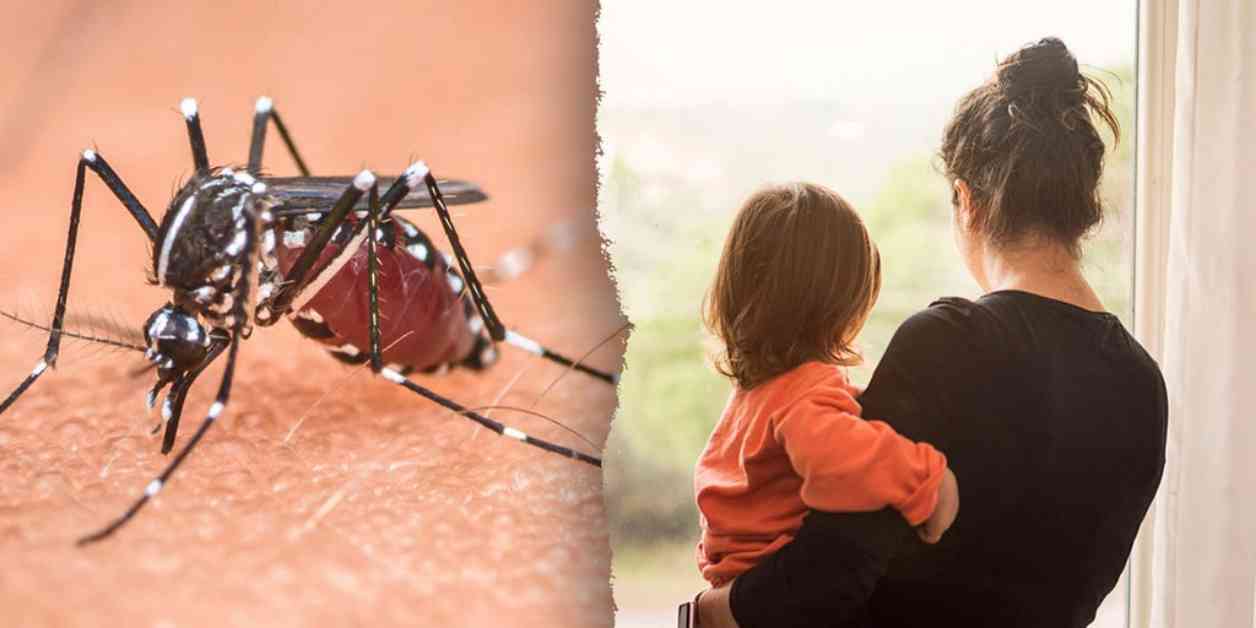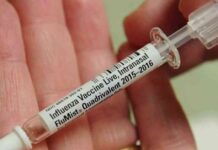Four Massachusetts towns — Douglas, Oxford, Sutton, and Webster — have taken proactive measures to combat the spread of a potentially deadly mosquito-borne disease by enacting voluntary evening lockdowns. This decision comes after the Massachusetts Department of Public Health (DPH) confirmed the first human case of Eastern equine encephalitis (EEE) since 2020 in Worcester County. The move is aimed at curbing the transmission of the virus, which is spread through the bite of infected mosquitoes.
Voluntary Lockdown Implementation
On Wednesday, the Oxford Board of Health voted to support the recommendation for residents to remain indoors after 6:00 p.m., effective immediately through September 30. Starting on October 1, the advisory advises residents to stay indoors after 5:00 p.m. until the first hard frost. The period from dusk through dawn is considered “peak mosquito hours,” highlighting the importance of staying indoors during these times to minimize exposure to potentially infected mosquitoes.
The four communities, Douglas, Oxford, Sutton, and Webster, have been designated as “critical-risk” areas due to the presence of the virus in local mosquito populations. A spokesperson for the town of Oxford emphasized the seriousness of EEE and urged residents to adhere to the recommendations to protect public health. While the lockdowns are voluntary, there will be no enforcement for non-compliance; however, residents are strongly encouraged to follow the guidelines to reduce their risk of exposure to the virus.
Public Health Concerns
As of now, there has been only one human case of EEE reported in Massachusetts this year, with the infected individual residing in Oxford. The patient remains hospitalized and is battling the virus, underscoring the severity of the illness. While mosquitoes across the state have tested positive for EEE, the focus is on preventing further human infections through proactive measures such as the evening lockdowns.
Eastern equine encephalitis is caused by a virus transmitted through the bite of infected mosquitoes. The U.S. Centers for Disease Control and Prevention (CDC) describes EEE as a “rare but serious disease” that can lead to brain infection (encephalitis) and potentially fatal outcomes. Most cases of EEE in the U.S. are reported in the Eastern or Gulf Coast states, making it crucial for residents in affected areas to take precautions to avoid mosquito bites.
Risk Factors and Symptoms
Older individuals and those with compromised immune systems are at higher risk for developing mosquito-borne encephalitis, making it essential for vulnerable populations to take extra precautions. Common symptoms of EEE include fever, vomiting, diarrhea, headache, stiff neck, seizures, behavioral changes, and drowsiness, typically appearing within five to ten days after a mosquito bite.
The disease can be severe, with a 30% fatality rate among infected individuals. Additionally, EEE can result in chronic neurological deficits, highlighting the long-term impact it can have on survivors. Prevention of mosquito bites is crucial in reducing the risk of infection, as there is currently no vaccine available for EEE.
Prevention and Treatment
While there is no specific treatment for Eastern equine encephalitis, prevention measures are key in protecting against the disease. Mosquito control efforts, such as reducing standing water where mosquitoes breed and using insect repellent, can help minimize exposure to infected mosquitoes. In areas where the virus is present, evening lockdowns and other public health recommendations can further reduce the risk of transmission.
Dr. John Ayers, an expert in infectious diseases, emphasizes the rarity of EEE cases and the importance of preventative measures in reducing the likelihood of illness. With no available treatment for viral encephalitides, prevention through mosquito control and bite prevention remains the primary strategy for minimizing the impact of these diseases on public health.
Community Response and Collaboration
The four Massachusetts towns implementing evening lockdowns are working together to educate residents about the risks of EEE and the importance of following public health recommendations. Schools in the affected areas are adjusting their schedules to ensure that outdoor activities occur outside of peak mosquito hours, further reducing the potential for exposure to infected mosquitoes.
Collaboration between local health departments, schools, and community members is essential in raising awareness about mosquito-borne diseases and implementing effective prevention strategies. By working together to address the threat of EEE, these communities are taking proactive steps to protect public health and prevent further transmission of the virus.
In conclusion, the voluntary evening lockdowns in Douglas, Oxford, Sutton, and Webster serve as a proactive measure to combat the spread of Eastern equine encephalitis and protect residents from mosquito-borne illnesses. By following public health recommendations, residents can reduce their risk of exposure to infected mosquitoes and mitigate the impact of EEE on their communities. Through continued collaboration and education, these towns are prioritizing public health and safety in the face of a potentially deadly disease.

















